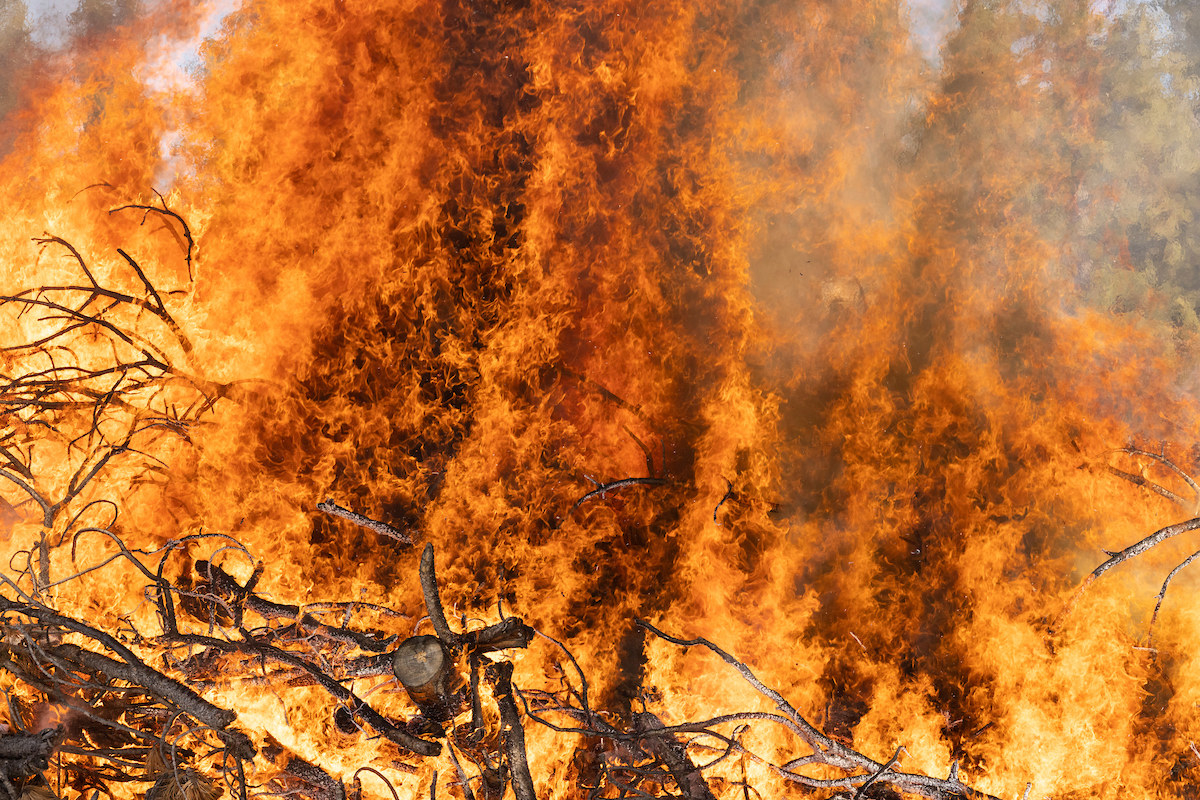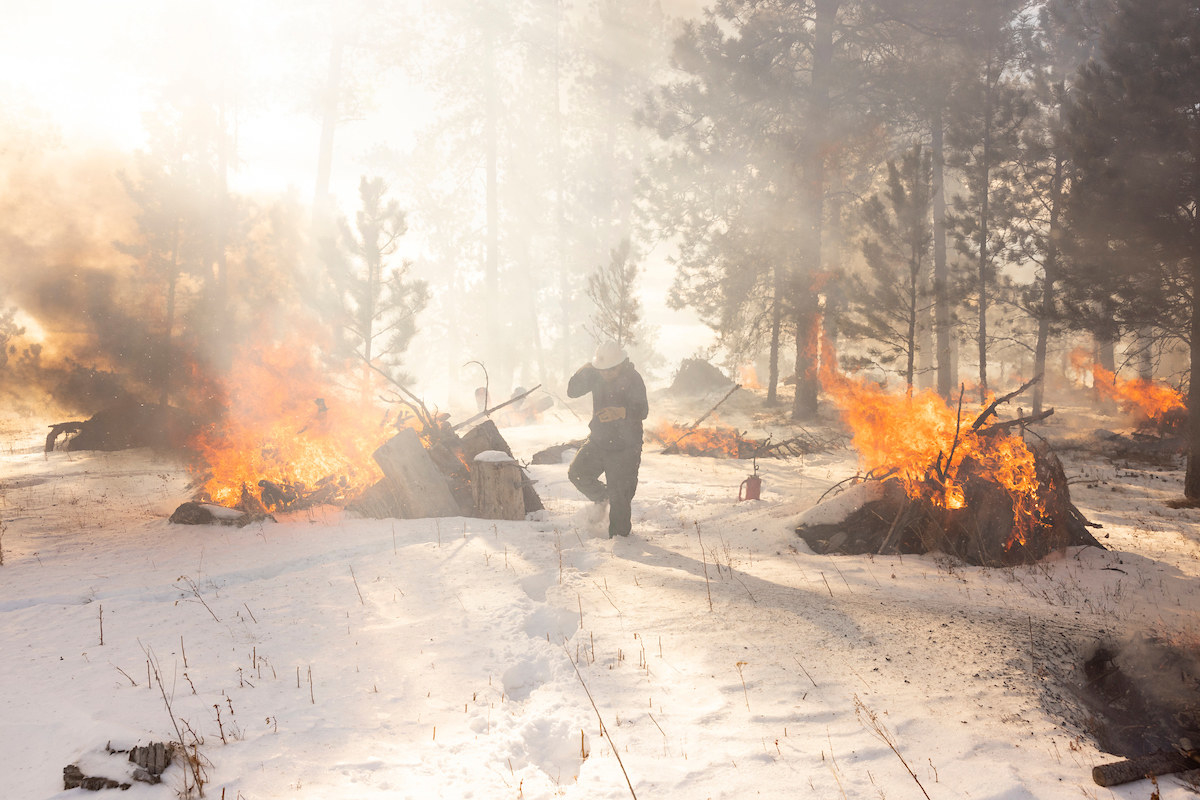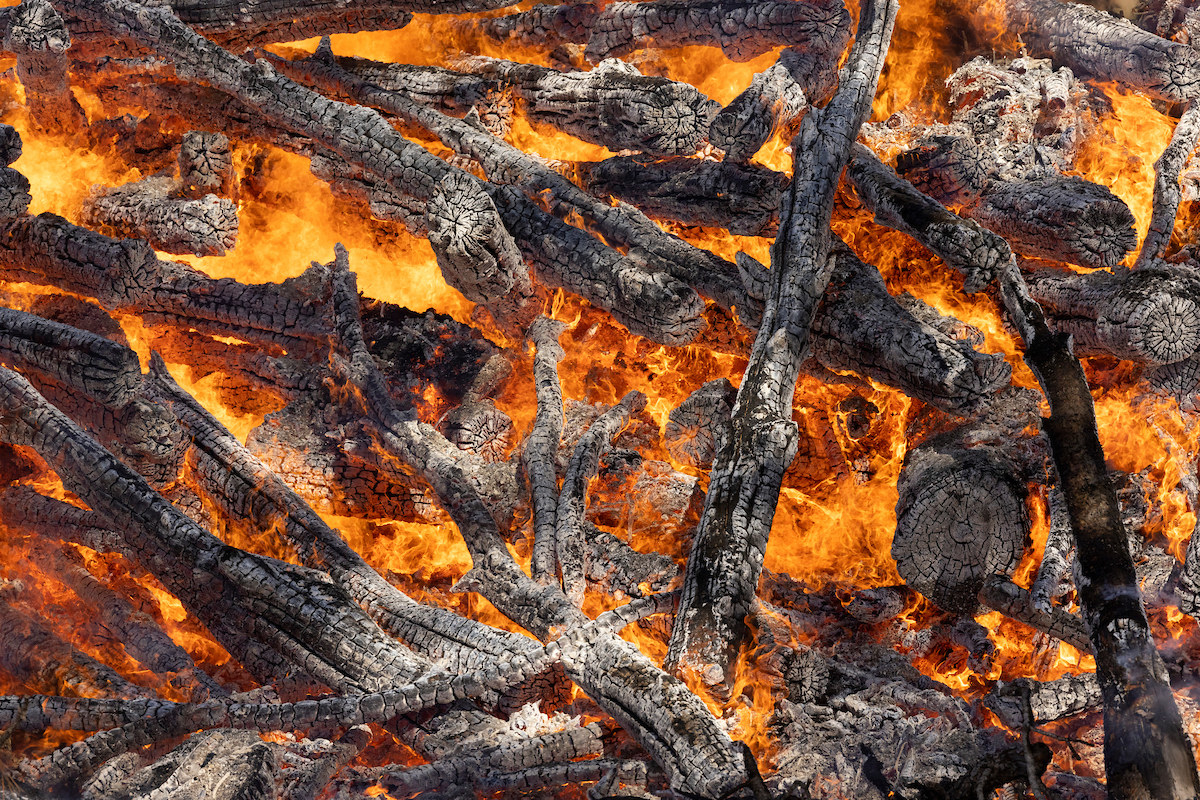During the seasons when there is a lower chance of wildfires, forest services all over the United States will conduct controlled burns, also known as prescribed burns or low-intensity burns, in which they create controlled planned fires to maintain the health of the forest and prevent future wildfires.
Prescribed burns allow for a “natural pruning, it does a cleansing of the forest,” Jason Virtue, a fire officer at the Black Hills National Forest in South Dakota, told BuzzFeed News. The burns help maintain the “resiliency of the forest so it can sustain fires and [people do] not have to worry about fires taking out thousands and thousands of acres,” he added.


There are two main types of prescribed burns: One involves lighting fires across a landscape to fortify the ecosystem. The other is pile burning, which is when leaves and other debris are collected and stacked up to be burned. Both burns seek to remove and reduce hazardous fuels like low-growing vegetation that could otherwise accelerate wildfires, as well as minimize the spread of pests and insects, among other benefits.
Before a burn takes place, specialists write detailed burn plans to consider whether the conditions are safe to conduct a controlled planned fire. They examine the temperature, wind, humidity, moisture of the vegetation, conditions for the dispersal of smoke, and personnel and equipment requirements for safe implementation, according to the US Department of Agriculture. The plans also map out how the fire will be managed and what resources will be needed.


“Safety is the number one thing we’re concerned about,” Virtue said. “Whether it’s our firefighters on the ground implementing the prescribed burn, or the general public, our cooperators.”
Burning improves the overall forest health and allows for natural thinning, which helps reduce ecological competition. “So in turn, fewer trees per acre, resulting in bigger, more fire-resistant trees,” Virtue said. The ash from the fires also turns into fertilizer for the soil, thus providing nutrients for the forest.
“Another benefit is improvised water quality and quantity,” the forest officer said — as long as it’s a controlled, low-intensity fire. “If you have a high-intensity fire, you’re gonna have issues,” he said. Large, uncontrolled wildfires, like the ones seen in California over the last several years, can destroy vegetation that would otherwise absorb water while also altering terrain conditions, ultimately increasing the risk of flash floods in the fire’s aftermath.


How often are prescribed burns done? When it comes to larger landscape burns, Virtue explained, it depends on the species of tree you’re dealing with. For ponderosa pine, which Virtue said makes up a majority of the 1.2 million acres of Black Hills National Forest, the forest service could probably conduct a large burn in a specific area once “every five years or 10 years.” In other forests, burning an area may only be able to happen once every 25 years.
In contrast, pile burns are much more common, with thousands conducted in the Black Hills National Forest alone each year, according to the US Department of Agriculture website.
Since the burn windows are often in the spring or the fall, after the busy summer months of wildfire season, it can be demanding on the firefighters.

“It can be taxing to go from a pretty robust busy fire season and then jumping into the prescribed fire,” Virtue said. To mitigate this, the forest service tries to “keep folks rotating out, so it’s not the same core group of people doing the same tasks, but just trying to give folks a break where possible.”
For this photo essay, BuzzFeed News sent photographers Jenn Ackerman and Tim Gruber to document the forest service and firefighters conducting controlled burns in the Black Hills National Forest in South Dakota.








